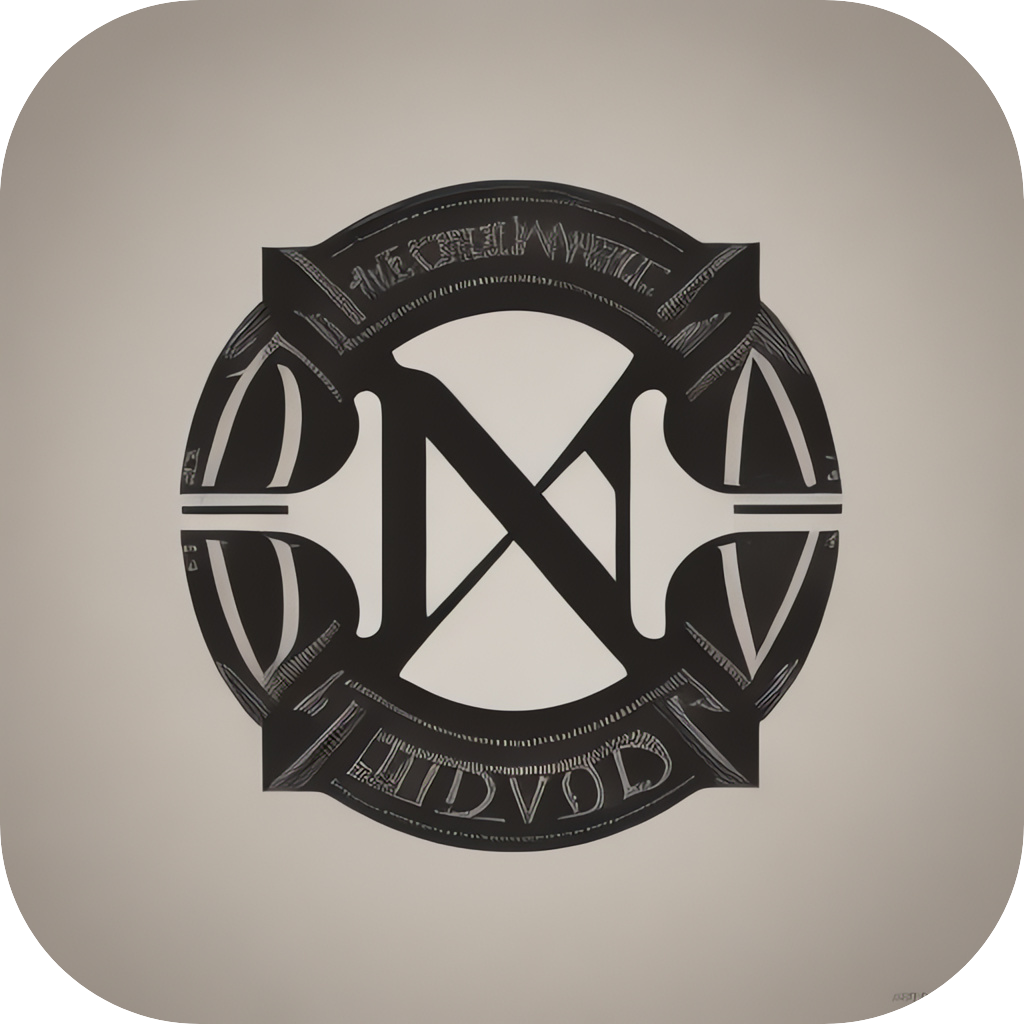Mastering MarkdownMind: An Ultimate Guide to Streamlining Your Note-Taking and Project Management
Markdown – a lightweight and easy-to-read markup language – has been revolutionizing the digital writing world due to its simplicity, versatility, and efficiency. When combined with a tool or platform that supports Markdown formatting, it becomes an extraordinary powerhouse for note-taking, documentation, and project management. In this comprehensive guide, we will explore how to leverage Markdown effectively to enhance the way you organize, structure, and manage your work, making it a valuable asset for professionals, students, and anyone seeking to streamline their productivity.
## 1. Understanding Markdown Basics
Markdown allows users to write content in plain text format, enabling flexibility and ease in formatting. You can create lists, headings, hyperlinks, and bold or italic text by using specific syntax. For example, typing `#` followed by a heading text transforms it into a main section, while `-` for numbered or bulleted lists. By familiarizing yourself with these basic structures, you’ll be able to craft well-organized documents directly in Markdown.
## 2. Tools for Markdown
To harness the power of Markdown, you need a suitable tool or platform that supports its formatting.
### 2.1 Text Editors
Start your journey by selecting a powerful text editor that supports real-time Markdown preview. Editors like Typora, Ulysses, or Byword transform your plain text into beautifully formatted output as you type, enhancing your editing and writing workflow. Features like syntax highlighting, live previews, and built-in collaboration tools are particularly beneficial for collaborative projects.
### 2.2 Note-Taking and Project Management Tools
Markdown can be seamlessly integrated with various note-taking and project management tools, allowing you to blend structured notes with task lists and even code snippets. Tools like nvALT, Typora, or Notion offer markdown support alongside features tailored for project management, such as calendars, timelines, and checklist functionality.
## 3. Streamlining Note-Taking
### 3.1 Structure and Content
Create a hierarchy in your note-taking using Markdown headers to organize content effectively. For example, use `”## Introduction”` for a brief introduction or `”### Methodology”` for a detailed explanation. This structure makes it easy to scan through notes and jump to specific sections.
### 3.2 Hyperlinks and Resources
Utilize hyperlinks within your notes to link to relevant resources, articles, or other parts of a document. This cross-referencing ability not only enriches the context of your notes but also makes learning and revisiting information much more efficient.
## 4. Project Management with Markdown
### 4.1 Task Lists and Deadlines
Markdown supports simple formatting for task lists. To create a to-do list, simply add a `-` before each task item. To indicate whether a task is completed, use `x` preceded by another `-` in front of the task. This makes it straightforward to manage and monitor your progress.
### 4.2 Tables and Data Visualization
Markdown supports basic table formatting, which can be particularly useful for data analysis or creating project timelines. To create a table, add a horizontal line between the headers and the data using `—` or `|-|`. This feature enables you to present information in a neat, structured way, making it easier to analyze and understand.
## 5. Markdown in Collaboration
### 5.1 Real-time Editing
By using Markdown-supporting platforms like Google Docs, GitBook, or Notion, teams can collaborate on documents in real-time, enhancing productivity and communication. This feature is particularly beneficial for writing articles, academic papers, or when working on reports that require collective input and refinement.
### 5.2 Versioning and History Tracking
Markdown enables easy version tracking, which is crucial in collaborative environments. When changes are made, a new version is created, allowing you to see how content has evolved. This historical tracking ensures that all team members have access to the latest information while preserving valuable past versions.
## Conclusion
Markdown has undeniably become a cornerstone for both personal note-taking and professional project management. Its flexibility, ease of use, and integration capabilities make it an indispensable tool for anyone striving for a streamlined digital workflow. By mastering Markdown, you can significantly enhance your productivity and efficiency, enabling you to focus more on creativity and innovation instead of managing cluttered note-keeping systems or confusing project management tools. Whether you’re a busy student juggling multiple courses, a startup founder looking for an efficient task management solution, or a seasoned writer crafting your next masterpiece, Markdown is a skill worth mastering to take your work to the next level.
